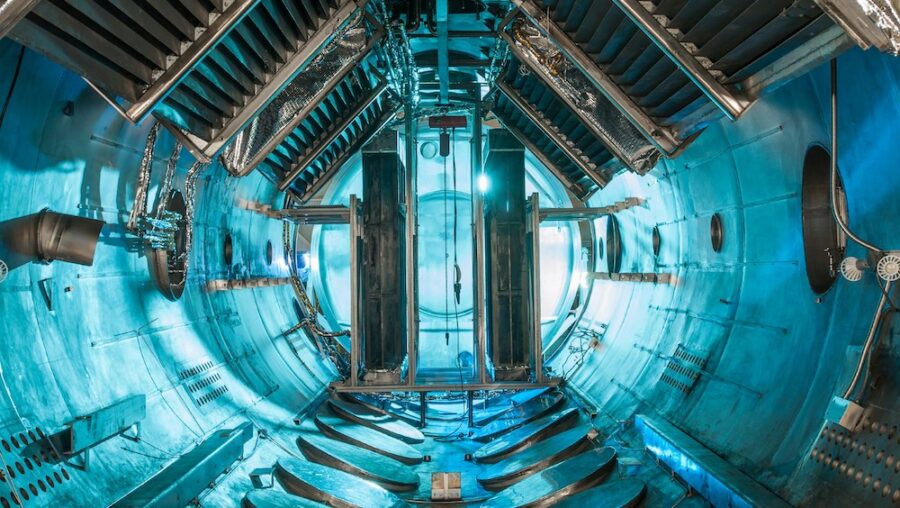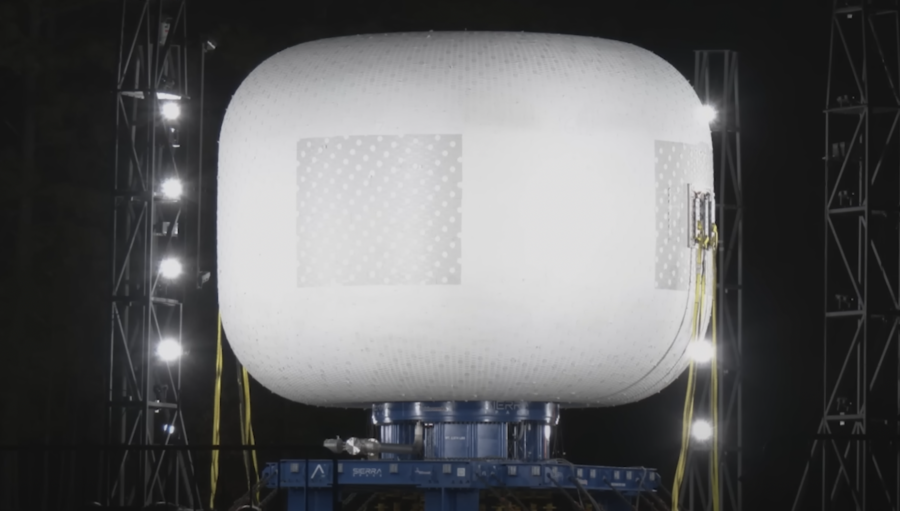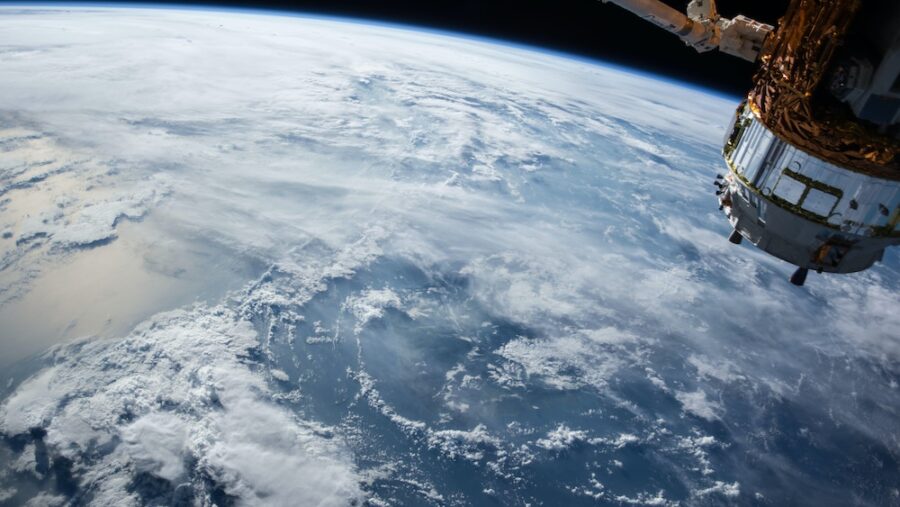See Inflatable Space Station Blow Up On Purpose

Sierra Space, a leading player in the space exploration arena, deliberately blew up its first full-scale inflatable space station module prototype. The explosion, equivalent to 164 sticks of dynamite, was part of the company’s rigorous testing process, aiming to prepare for future space missions expected as early as 2030.
The tests took place at NASA’s Marshall Space Center in Alabama, where Sierra Space has been conducting a series of tests on scale models. However, this marked the first time a full-scale inflatable space station module was demolished.
The inflatable module, using soft goods technology from ILC Dover, including Vectran straps, is slated to be part of the Orbital Reef space station. Check it out for yourself.
A joint venture between Sierra Space and Blue Origin, the collaboration is one of NASA’s proposed concepts to succeed the International Space Station (ISS) following its retirement in 2030. Sierra Space’s inflatable space station modules feature dimensions similar to an average family home, covering approximately 2,299 square feet or 213.5 square meters, based on U.S. Census 2022 figures.
A joint venture between Sierra Space and Blue Origin, the collaboration is one of NASA’s proposed concepts to succeed the International Space Station (ISS)
The unique aspect of these inflatable space station modules is their use of microgravity, allowing for efficient use of all available space within the three-story structure, standing at 20.5 feet tall with a diameter of 27 feet.
While inflatable modules are not new to space exploration, Sierra Space’s Large Integrated Flexible Environment (LIFE) habitat prototype is breaking new ground with its burst tests.
These intentional tests involve continuously pumping air into the structure until it fails, simulating the extreme conditions it may encounter in space. The results exceeded NASA’s safety requirements by 27 percent, with the inflatable space station withstanding pressure of 77 pounds per square inch (psi) before bursting, surpassing the agency’s guidance of 60.8 psi.

Tom Vice, CEO of Sierra Space, expressed confidence in their pioneering approach, stating, “We are driving the reinvention of the space station that will shape a new era of humanity’s exploration and discovery.” He also emphasized the cost-effectiveness of inflatable space station modules, highlighting their ability to be compacted for launch. This offers potential savings in packing space and weight.
The inflatable space station modules makes use of microgravity
Sierra Space hopes to deploy multiple inflatable space station modules, potentially sending up three of these structures to surpass the size of the ISS. Plans for even larger versions, such as a 50,000 cubic-foot design, suggest the scalability and versatility of the technology. But despite these promising developments, the timeline for replacing the ISS by 2030 remains challenging.

NASA has been actively seeking industry feedback on requirements for new commercial space stations, mainly focusing on human safety standards for space vehicles. The Aerospace Safety Advisory Panel also expressed concerns about the tight timeline, emphasizing the need for a clear business case for commercial stations to fill the upcoming low Earth orbit research gap.
NASA has been actively seeking industry feedback on requirements for new commercial space stations
Still, Sierra Space’s explosive inflatable space station tests mark a bold step toward the future of space exploration, showcasing the company’s commitment to innovation and safety. Meanwhile, NASA is also providing financial support to Axiom Space for the development of commercial modules designed for the International Space Station.
Axiom plans to detach these modules as a cohesive unit later in the ISS’s operational life, creating an independent, free-flying space station.












